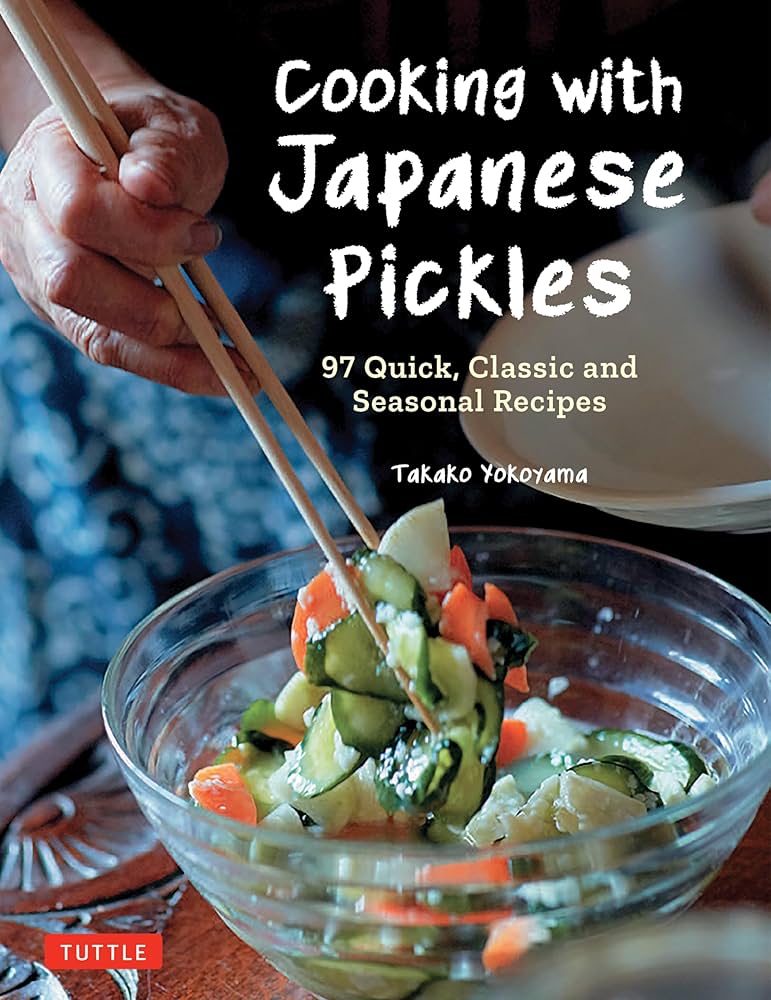Preserving the Seasons: A Guide to Seasonal Gardening for Pickling Enthusiasts
Preserving food through pickling is not just an art; it is a way to connect with the rhythm of the seasons. Each time a jar is sealed, it encapsulates not only flavor but also the essence of the crops harvested at their peak. In this guide, we will explore the various aspects of seasonal gardening specifically tailored for pickling enthusiasts.
 Gardening through the seasons: A bountiful harvest for your pickling endeavors.
Gardening through the seasons: A bountiful harvest for your pickling endeavors.
Understanding Seasonal Vegetables
To create delicious pickles, it is essential to understand which vegetables are in season throughout the year. Each season brings its own bounty and offers unique flavors and textures to incorporate into your recipes.
Spring: A Fresh Start
In early spring, consider planting radishes, asparagus, and various greens. These quick-growing crops can be pickled promptly after harvest, ensuring freshness. As the weather warms, cucumbers also become a staple. They are the classic choice for dill pickles, which can be enhanced with garlic, mustard seeds, and other spices.
“Pickling is more than about preserving food; it’s a celebration of the season’s bounty.”
Summer: A Time for Abundance
Summer is peak season for a myriad of vegetables. Notable contenders for pickling include zucchini, green beans, and bell peppers. At this time, the options are vast. The freshness of the produce directly correlates with the quality of your pickles, so aim to harvest them early in the day when they are crisp and cool.
 Zucchini and other summer delights ready for a pickling adventure.
Zucchini and other summer delights ready for a pickling adventure.
Autumn: The Season of Preservation
As we transition into autumn, crops such as cauliflower and beets become prominent. The chill in the air may lead to more heating spices in your pickling brine. Consider hot peppers, which can lend a fiery touch, or warmth from ginger and cinnamon for unique flavor profiles.
Winter: Maintaining Flavor
Even in winter, there are opportunities for pickling. Root vegetables like carrots and parsnips are great for longer-term storage. When the frost sets in, they become sweeter, making for delightful pickled dishes.
Garden Maintenance Practices
To ensure a successful garden, incorporate proper maintenance practices.
- Soil Health: Prioritize enriching your soil with compost and organic matter, ensuring your crops can thrive.
- Watering: Maintain consistent moisture while avoiding overwatering. This will help prevent issues like rot.
- Crop Rotation: Implementing a rotation plan minimizes pest and disease problems, allowing for healthier yields.
Keep an eye out for sustainable practices as well, as they benefit both the environment and the quality of your pickles.
The Art of Pickling
Once your vegetables are ready for harvest, it’s time for the fun part—pickling!
Favourite Techniques
Some popular methods include:
- Brining: Immerse vegetables in a vinegary solution, allowing them to absorb flavors over time.
- Fermentation: Encourage natural fermentation with salt brine, resulting in probiotic-rich options.
Experimentation is Key
Don’t hesitate to experiment with various spices, vinegars, and additional ingredients like garlic, dill, or even fruits like apples for varied flavors. Your palate can guide the creative combination of foods that could transform an ordinary pickle into a culinary delight.
 The alchemy of flavors: The pickling process creates a delightful medley.
The alchemy of flavors: The pickling process creates a delightful medley.
The Importance of Preservation
Preserving food through pickling has a historical background and cultural significance. Generating your own pickles not only ensures you know the ingredients but also offers a connection to the traditions of your ancestors, who relied on these techniques to weather through hard winters.
Health Benefits
Pickled foods can also contribute positively to your health. They are often lower in calories, can aid digestion, and introduce beneficial probiotics into your diet. Just remember to moderate your intake, as some pickles can be high in salt.
Conclusion
In conclusion, seasonal gardening aligned with the art of pickling is an enriching practice that celebrates nature’s cycles. It’s an opportunity to not only connect with the land and the changing seasons but also to create something uniquely yours. Embrace the process, and let each jar tell a story of the season it was born from.
Find more information on your local growing seasons and suitable selections at our partner sites, and develop a solace in pickling that echoes through every bite.
 The end product: a vibrant array of pickles for any occasion.
The end product: a vibrant array of pickles for any occasion.
For more tips on gardening and seasonal recipes, visit the PicklePatch blog.















